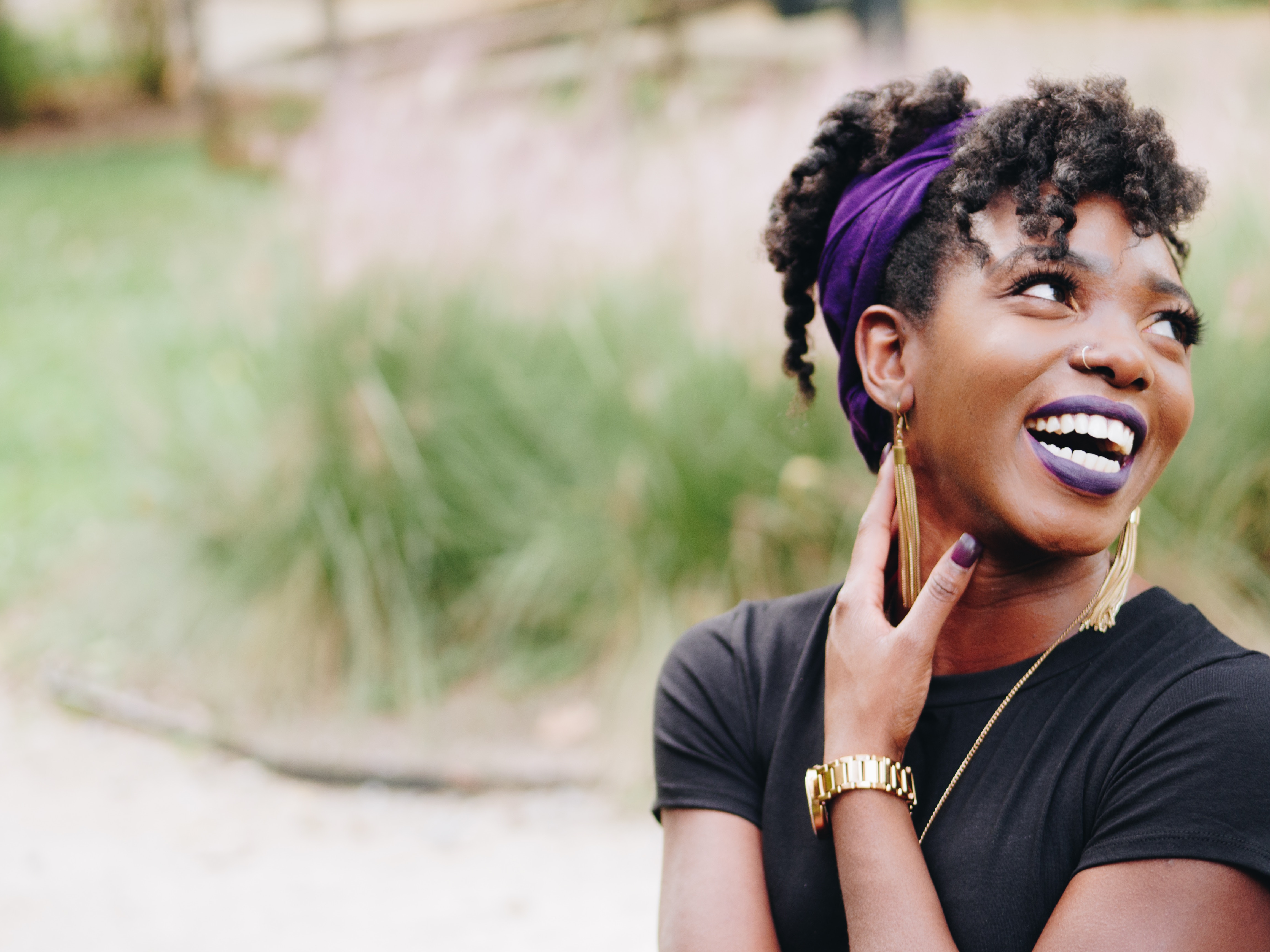A Manual to Making Your Story Timeless
As a public relations professional, I took notes, but as a person, I internalized his message. The presentation was about storytelling and how to craft the perfect content. The message was “why.” It is a very humbling question to ask yourself why you do what you do.
So, there I was intrigued; then out of nowhere, Jim Olson, founder, and president of Hangar 6 Strategic Storytelling mentioned evergreen content. This is just a term for stories that are “always relevant.” I don’t know about you, but in the past, I had always been taught to craft a very personal story that speaks to the emotions of another person. Of course, the concept of evergreen content blew my mind, so to make sure I fully grasped the term, I related it back to beauty.
Beauty. What does that word mean to you? What comes to mind? Is it your partner, the Eiffel Tower, your dog, a supermodel, or maybe it’s your mom. Whatever beauty means to you and whoever you thought of, like me you should realize that you just created evergreen content.
For a moment I want you to imagine that you own a multi-million dollar cosmetics company; diversity is your slogan and innovation is your bread and butter. How do you make that last? How do your company and its ideas remain relevant? The answer is, you get very comfortable with creating evergreen materials.
Of course, in the digital age, we’re living in, creating material that is “timeless” seems almost impossible. With social media platforms become a breeding ground for the latest trend of “outrage culture,” how does one break through the chaos and remain relevant with an everlasting story? In my opinion, the answer is research. Yes, I know it sounds both simple and really inconvenient, but I promise if you ask most public relations professionals, marketers, or advertisers what they do before implementing any campaign, approach media, post a billboard, etc. they’ll say research.

I just so happened to be reading Forbes the other day, with the hope of reading something inspiring, and I found this quote: “The common facts of today are the products of yesterday’s research,” said Duncan MacDonald. Nowadays we’re so lucky to have access to some amazing research tools, no longer do we have to search for a book on the shelf, the inconvenience related to research shrinks every day.
I can’t recommend enough that everyone knows how to use Google or Bing. I’m not saying that these search engines have all the answers, but if you ask the right questions they’ll get you close. Evergreen stories don’t just happen. They take a deeper level of thinking, which I’m sure if you’re reading this you’re already thinking deeper than the ocean.
Some of the things I suggest you look for to get started are why you and other people care, now or in the future; and what is the best way to get your point across. Answering questions like these take your story from talking about the latest lip gloss that will soon be replaced by the newest lip gloss, to talking about the latest lip gloss and how it’s reshaping the beauty industry. Which one would you rather read?
So, the next time you’re thinking of writing a timeless evergreen story, take a moment to do your research. Because if you don’t know what you’re talking about and why it matters, how can you expect anyone else to?





